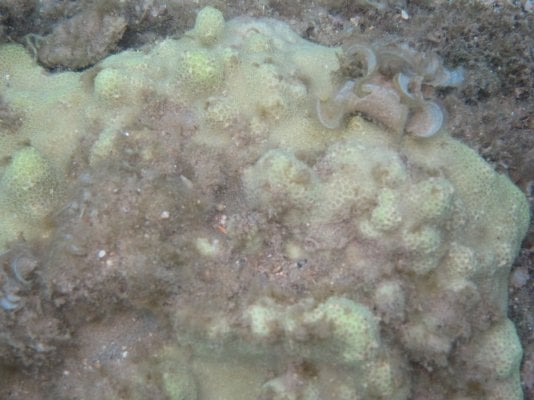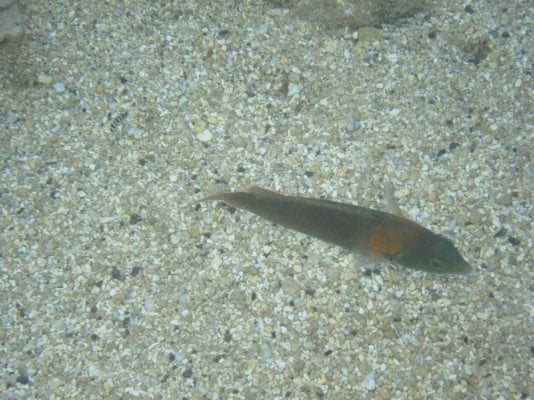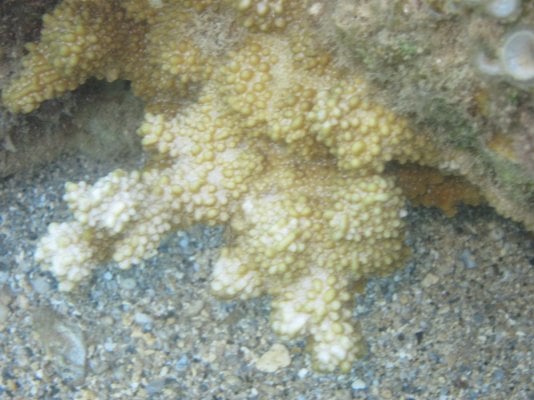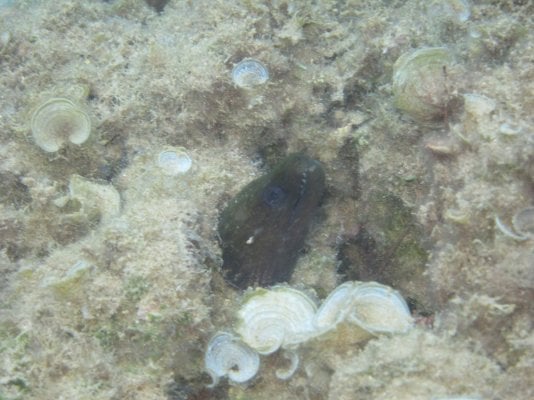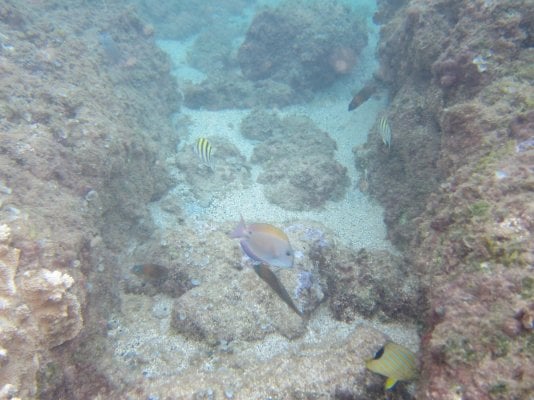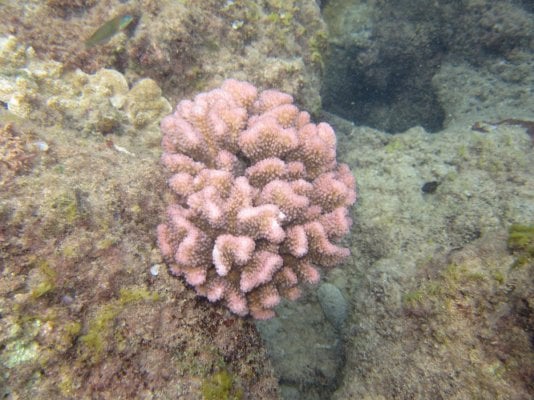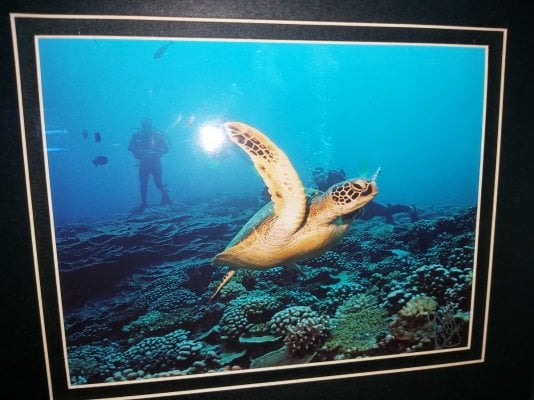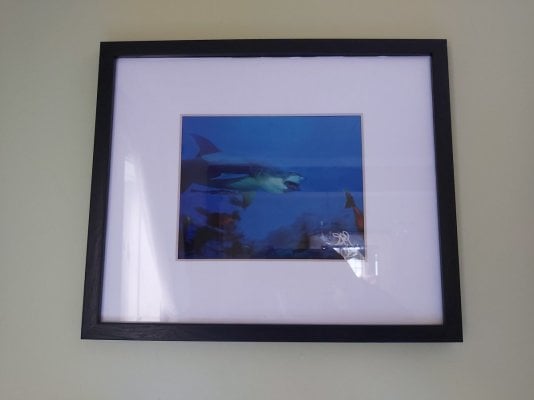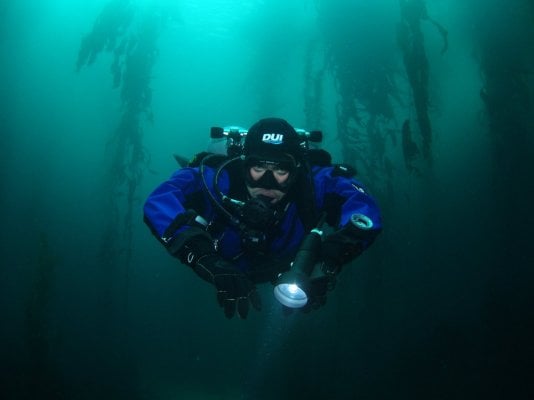Navigation
Install the app
How to install the app on iOS
Follow along with the video below to see how to install our site as a web app on your home screen.
Note: This feature may not be available in some browsers.
More options
You are using an out of date browser. It may not display this or other websites correctly.
You should upgrade or use an alternative browser.
You should upgrade or use an alternative browser.
Popular corals in the wild!
- Thread starter hds4216
- Start date
- Tagged users None
I'd love to see some zoanthids in the wild! I've dove all over the Caribbean, south pacific and Asia, but I've never seem them in the wild.These are awesome. Keep them coming everyone!
Daniel@R2R
Living the Reef Life
View Badges

Staff member
Super Moderator
Reef Squad
Partner Member 2024
Excellence Award
Photo of the Month
Article Contributor
Hospitality Award
Article Administrator
Reef Pumpkin Carver
R2R Secret Santa 2023
My Tank Thread
Great thread!! I love these!
Thats true...I've snorkled Florida and a number of places in the Philippines, never saw zoas.I'd love to see some zoanthids in the wild! I've dove all over the Caribbean, south pacific and Asia, but I've never seem them in the wild.
I have been lucky enough to dive several times, but my photographic abilities under water is less than desirable.
The last trip to Turks I just gotten certified for open water and was on my first regular dive. I had the gopro 8 recording the whole thing and we saw amazing corals, sharks (small), sting rays, turtles, and so many types of fish.
I found out as soon as I got to about 35 feet the gopro stopped recording due to the pressure. Newbie move!
The trip before that I was diving (not certified) in Cozumel I brought my Sony RX-100 V with a diving case. I just did not have enough light, lens length, or time capture anything at the macro level.
I have never seen a zoa either, but definitely other things we have in our tanks.
The last trip to Turks I just gotten certified for open water and was on my first regular dive. I had the gopro 8 recording the whole thing and we saw amazing corals, sharks (small), sting rays, turtles, and so many types of fish.
I found out as soon as I got to about 35 feet the gopro stopped recording due to the pressure. Newbie move!
The trip before that I was diving (not certified) in Cozumel I brought my Sony RX-100 V with a diving case. I just did not have enough light, lens length, or time capture anything at the macro level.
I have never seen a zoa either, but definitely other things we have in our tanks.
Did my first dive in Thailand last November before covid. Took 3 days to get PADI certified. Was wonderful. Did plenty of snorkeling too. Was able to check out acro colonies off a local beach that was pretty crowded. Shocked that things looked so well there.
Also, we paid under 400 USD to get certified. One of the cheapest places in the world and super beautiful. Big win
Also, we paid under 400 USD to get certified. One of the cheapest places in the world and super beautiful. Big win
- Joined
- Dec 27, 2019
- Messages
- 68
- Reaction score
- 65
These are so awesome. I tend to dislike the glaring differences between our tanks and the oceans. Yes they are more colorful and beautiful in their own right, however super unnatural looking (This is only my opinion).
There is one Instagram account I follow that dives in the southern Japanese islands. His handle is @ishiro61. This picture from him is the reason why I love staghorns and want to try to emulate something of the like in an aquarium.

There is one Instagram account I follow that dives in the southern Japanese islands. His handle is @ishiro61. This picture from him is the reason why I love staghorns and want to try to emulate something of the like in an aquarium.
Diving is one of my favorite things...when you have time, give it a try. It’s peaceful and beautiful and just such an awesome thing to do. It’s like a whole different worldThat sounds so cool! I've always wanted to dive. I was going to take a year off of school and travel the world, but COVID cancelled that. Now I've started my MD-PhD program and likely won't be able to until I graduate. One day though!
Nice! First is a green sea turtle, Bora Bora 2004.Here are a few shots from my travels. These are from French Polynesia, either Tahiti, Morea or Bora Bora.
A domino damsel family and their anenome

Blue chromis and other denziens of a large patch of staghorn coral.

A lagoon about 4 feet deep, with medium sized coral heads made for fun snorkeling ...

... as long as you avoided these rock boring urchins which were plentiful.

I am not sure what type of coral this is, but in the bottom of the channel in Bora Bora, there were coral heads measuring in the hundreds of feet (photo of small ones in the lagoon).

Dennis
Next is a 10 ft Lemon Shark, Morrea 2004.
Loved all the Butterfly fish and Anemones we saw there amongst other species... paradise.
Attachments
That would be super cool. We could have multiple events too, like one in Hawaii, one in Florida/Carribean, etc.Let’s organize a reef2reef diving event for beginners. Would love to partake
Some nice pics from my recent trip to Cozumel! Saw this crazy loggerhead casually crunching down a full sized Queen conch! This dude was about 5’ head to tail









- Joined
- Jun 18, 2019
- Messages
- 52
- Reaction score
- 24
Hey all! Thought it would be cool to make a thread on some popular corals in the wild. They are some really interesting ones, and I think it's really neat to see some popular species in their natural habitats.

First, here's a pretty famous one. This is a torch coral at low tide. Taken in the Maldives. One thing you'll notice in these pics: without the blues of our light systems, corals tend to appear a lot less colorful. The natural sunlight changes their appearance.

Here's a really cool pic of a mass coral spawning event that occurred in 2019 on the great barrier reef. Scientists photographed it and collected samples of the sex cells so that they can raise them in labs. This gives them info on the corals lifecycle and development, and helps them find ways to better protect the reefs.


Here are some older ones, this is an elegance coral, Catalaphyllia jardinei. Once common in the hobby and known as fairly hardy LPS, most now come with a fatal disease known unofficially as Elegance Coral Syndrome, which greatly limits their lifespan. A contributing factor could be that our tanks are not the ideal habitat for them - most come from deeper, more silty water. They are rarely exposed to the bright lights and cleaner waters of shallow reefs.

Remember how I said that corals are typically less colorful under sunlight? Well, the sun coral and many other related corals prove an exception to that rule. The sun coral, which is unique in that it is non-photosynthetic and relies on catching plankton and other crustaceans in its tentacles. They grow huge on many reefs.

Here's a unique photo - an urban coral reef exposed at low tide. This is off the coast off Pulau Semakau, an island. In the distance, you can see Singapore. At low tide, one will find the island as well as the waters around it teeming with life, though there have been concerns over pollution of the surrounding water. The Singapore government, however, tightly regulates environmental practices in the area, in contrast to many Indonesian islands.

Here's a healthy patch of Acropora millepora, the purple one in the middle, as well as various other SPS, at a diving spot in the Pacific. The mille has the classic shape of its species, but which is very difficult to replicate in the aquarium.

From the same source, here is a large Bubble coral, Plerogyra sinuosa. Notably, this colony, though extremely large, has suffered some damage, as evident but the large hold in the skeleton on the side. It's possible this is from an anchor of a boat.

Here's another photo of SPS, this time the critically endangered staghorn coral, Acropora cervicornis. Native to the Carribean, this coral faces huge challenges. Most of us will never keep this coral, its collection is essentially banned, except for extremely specific research and conservation purposes, by international law.

Here is a large patch of anemones, species unknown, hosting an anemonefish.

Here are multiple bubble tip anemones growing in the Marshall Islands. They are hosted by Amphiprion melanopus. Notably, this photo was taken in 2008, and the same reef suffered multiple bleaching events in 2008, 2013, 2014, and 2016. Many corals and anemones did not survive, and these reefs are a shadow of their former selves.


Also from reefbuilders, here we can see some scolymias, specifically Caribbean scolies. Scolymia cubensis the smaller of the two species has a lower profile and often found on the side of rocks. It looks to have a smoother texture around the exterior of the disk. Scolymia lacera is the bigger flashier coral with visible skeletal teeth around the edge of the coral, on the left. These were both found in the Honduras.


Switching gears to LPS, here are some huge swathes of hammer corals, these being the wall hammer Fimbriaphyllia ancora. Formerly Euphyllia, hammers and frogspawn/octospawn were reclassified in 2018. These huge corals could almost be considered reefs by themselves! They make anything we have in captivity pail in comparison.

Here's a variety of goniopora surrounded by leather corals. Huge fields of leather emerge where the conditions are right, but sometimes other corals fight their way to the top and manage to gain a foothold among the leathers, as these gonis have done. This is why coral warfare happens! They have to fight for their real estate.

Here's something really unique. No, these corals aren't bleached. These are deepwater small polyp stony corals. Yes, they exist! They receive no sunlight and are feed on plankton. They're exceptionally slow growers. Your fast growing acro can gain 10-20 cm in a year, but these guys grow just 0.1 cm in a year. They are extremely vulnerable to damage from deep sea trawling and other environmental damage.

Finally, back to the traditional reef picture. Here is a rainbow of corals found in the Pacific off the Great Barrier Reef. Unfortunately, due to bleaching events, these corals are also severely damaged in the present. Their beauty remains only in a few photographs.
So there ends our brief tour of corals in the wild. You may notice that many of them suffer from environmental threats. These are very real and are impacting almost every reef on the planet. If you can, please check out or donate to a reef conservation agency, such as https://coralreef.noaa.gov. They need our help!
Similar threads
- Replies
- 1
- Views
- 116
- Replies
- 17
- Views
- 461





